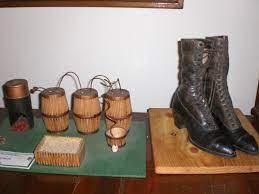
Come visit the Textile Heritage Museum to see early 1900s artifacts and rare photographs showing a glimpse of the textile industry, which helped create the New South.
Located in the historic Zachary House, home to former mill managers. There is also a Firefighter’s Museum on site.
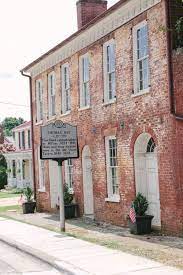
Thomas Day was a free Black furniture craftsman and cabinetmaker in Milton in Caswell County. He moved to Milton in 1817 and became a highly successful businessman, boasting the largest and most productive workshop in the state during the 1850s.
Thomas Day/Union Tavern Restoration, Inc. operates the museum. which is where Thomas Day lived and worked. The museum houses Day furniture and architectural elements.
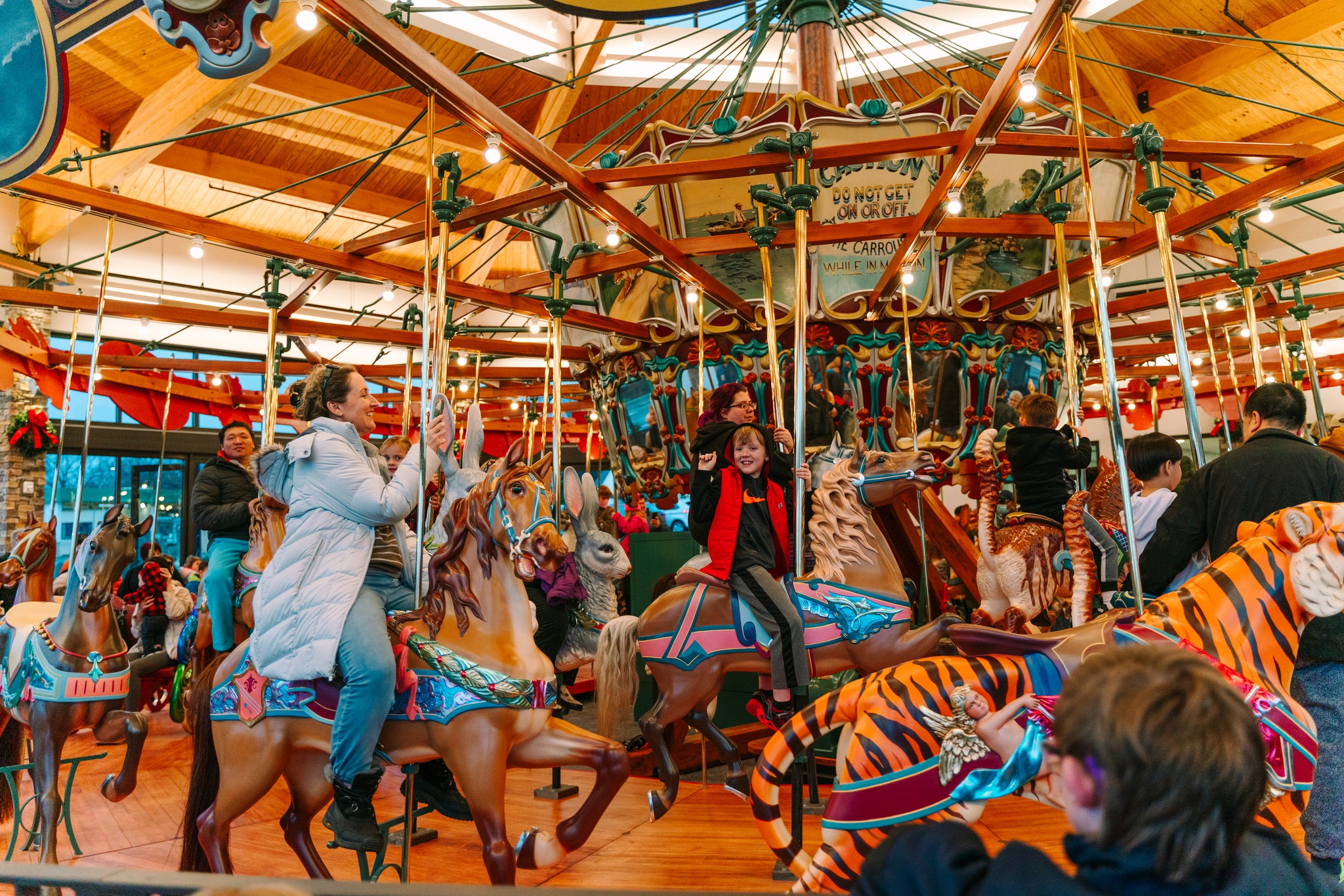
Come for a visit and get front row seat ride in a piece of Burlington’s history!
The Burlington City Park Carousel is a 3-Row Dentzel Menagerie Carousel built around 1906-1910 at the Dentzel Carousel Company on Germantown Avenue in Philadelphia, Pennsylvania. The Carousel was purchased by the City of Burlington in the summer of 1948 from Mr. Carl Utoff.
In 2019, this piece of art in motion was due for complete refurbishment and restoration of both its artistic and mechanical elements; including, restoration and repainting of the menagerie of carousel animals, repairing and fabricating new mechanisms, upgrading the drive unit, and adding an ADA-accessible chariot and ramp. In addition to the carousel restoration, a new house for the Carousel was constructed. The new Carousel House is open-air in the warmer months and enclosed by glass during cold weather allowing the Carousel to operate year-round.
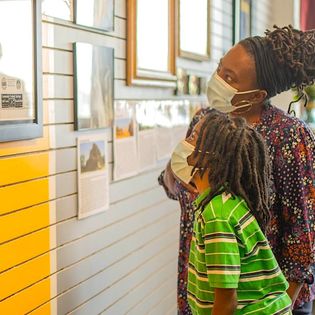
AACAHC actively collects and preserves Alamance County’s African-American history in many varied forms. From unearthing the stories of the numerous individuals who have made a lasting impact on the community to providing a library, the center is committed to creating a public institution. AACAHC serves as a cultural site and museum focusing on personal, familial and generational, industrial, and commercial history. As a museum and cultural site, the AACAHC is determined to bring to the community all the benefits associated with heritage tourism and a public institution devoted to education and preservation.
Exhibits at in the Center include: ‘Influential African Empires’, ‘Burlington & The Reconstruction Era’, ‘African-American Schools’, ‘Riots of 1969’, ‘Little Known Black History’, ‘History of Slavery in NC’, ‘Segregation & Integration in Burlington’, ‘Wyatt Outlaw’, ‘The Black Bottom’, ‘Art from around the World’.
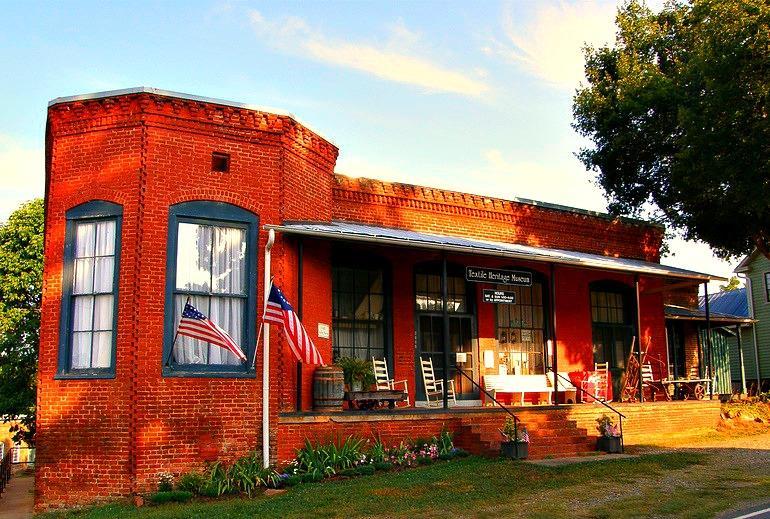
Welcome to Historic Glencoe, North Carolina, one of the most well-preserved and restored 19th century textile mill villages in the southern United States.
Stroll the peaceful streets to visualize and feel the hustle and bustle of one of America’s early textile mill communities where some of the finest plaid cotton fabrics were produced for more than 70 years.
Begin exploring in the Textile Heritage Museum, located in the former Glencoe Company Store and Administrative offices, where there are hundreds of original textile artifacts on exhibit from massive machine looms to knitting and sewing machines to the office equipment employees once typed the orders, billing, and correspondence for the mill operations.
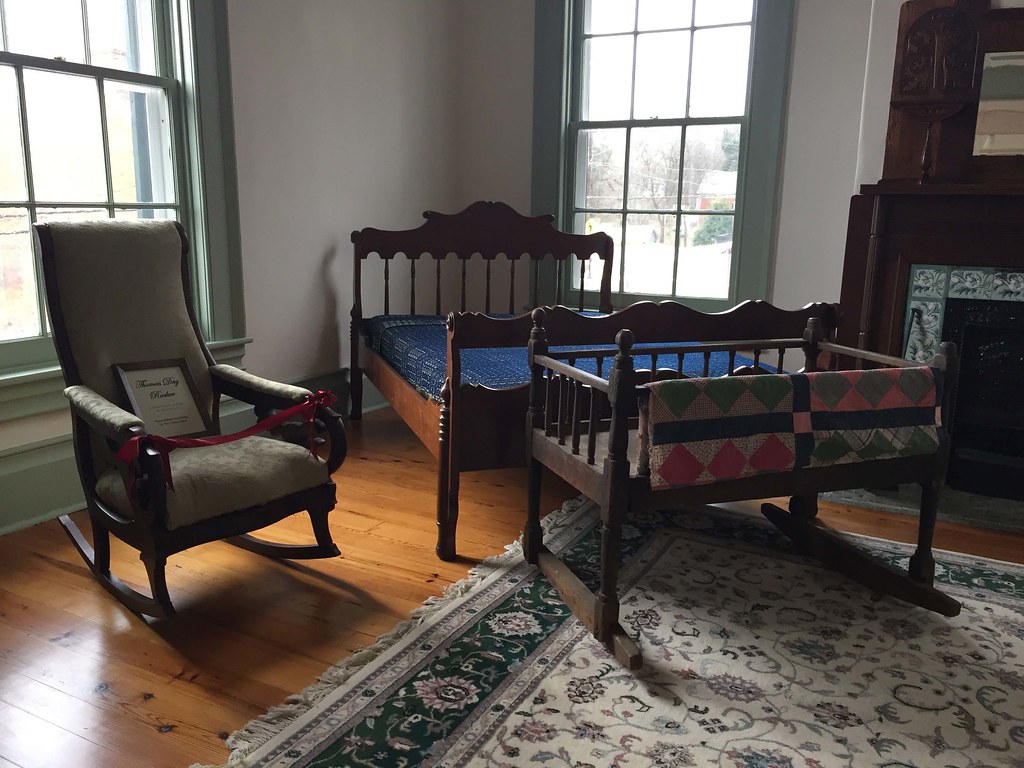
See and feel the story of a town that quickly became one of the wealthiest areas in North Carolina before the Civil War.
The Milton Renaissance Foundation house the Museum of Milton, and host a lecture series discussing topics of historical interest, while keeping the Milton State Bank, an architectural treasure, open for public view and community use. This impressive building is on the National Historic Registry, and still has the original bank vault door.
Angela Daniel-Upchurch, Jim Upchurch, and a host of others are working to further preserve and communicate the Historical Narrative of the Town of Milton, NC, established in 1796, through display, archival and preservation of artifacts, and through educational and cultural programming.
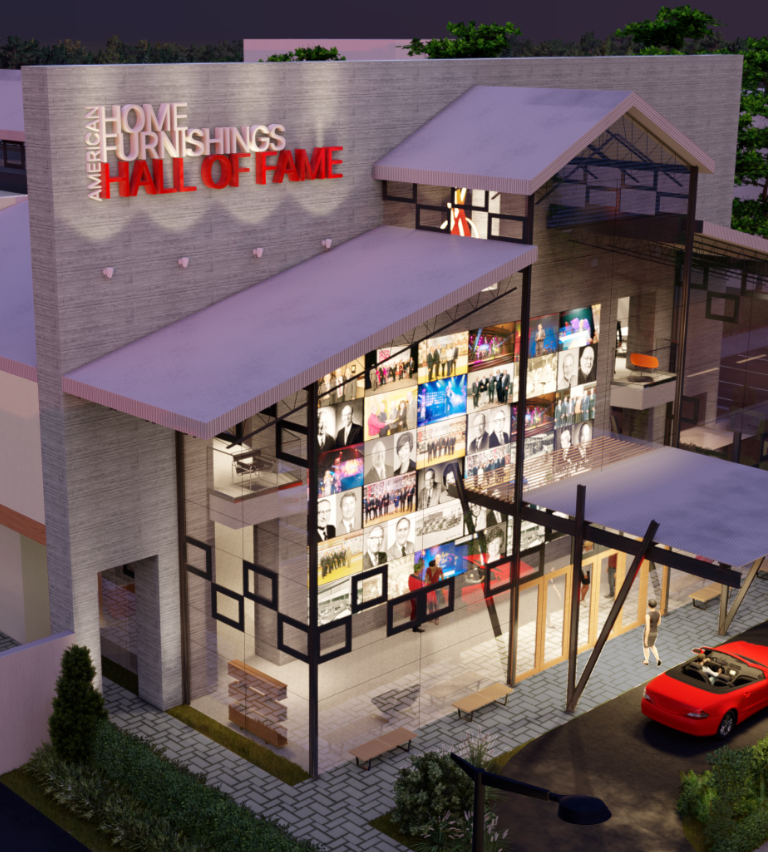
This powerful space will allow industry friends, family and colleagues a place to connect, honor, and discover while preserving the past and inspiring future generations.
Visitors can explore the world of home fashion and design through the Discovery Center. Interactive areas will challenge and entertain adults and children with hands-on demonstrations, workshops and experiential learning activities and special events.
A highlight of the Hall of Fame is the world-class video documenting the genesis of the $150 billion industry and highlighting the great men and women who built it. As told through the eyes of the greatest contributors and industry leaders, it will share the inside stories of enduring excellence, innovation, creativity, and superior accomplishments.
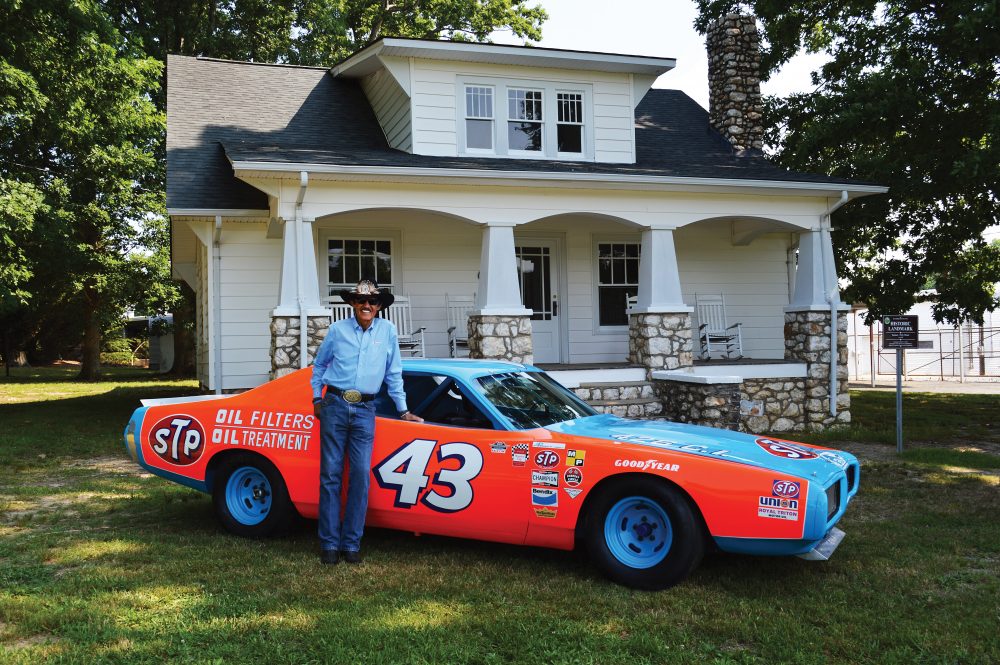
Known as the first family of NASCAR, the Pettys have won 10 NASCAR championships and more than 250 races.
At Petty Family Attractions, families can explore the career of the King of NASCAR, Richard Petty. Experience the unparalleled success story of this stock car racing family, including Lee, Kyle, and Adam Petty and Dale Inman. The Petty Museum features cars, memorabilia, trophies and life-size recreations of the Petty family’s characters from Disney-Pixar’s “Cars” movies.
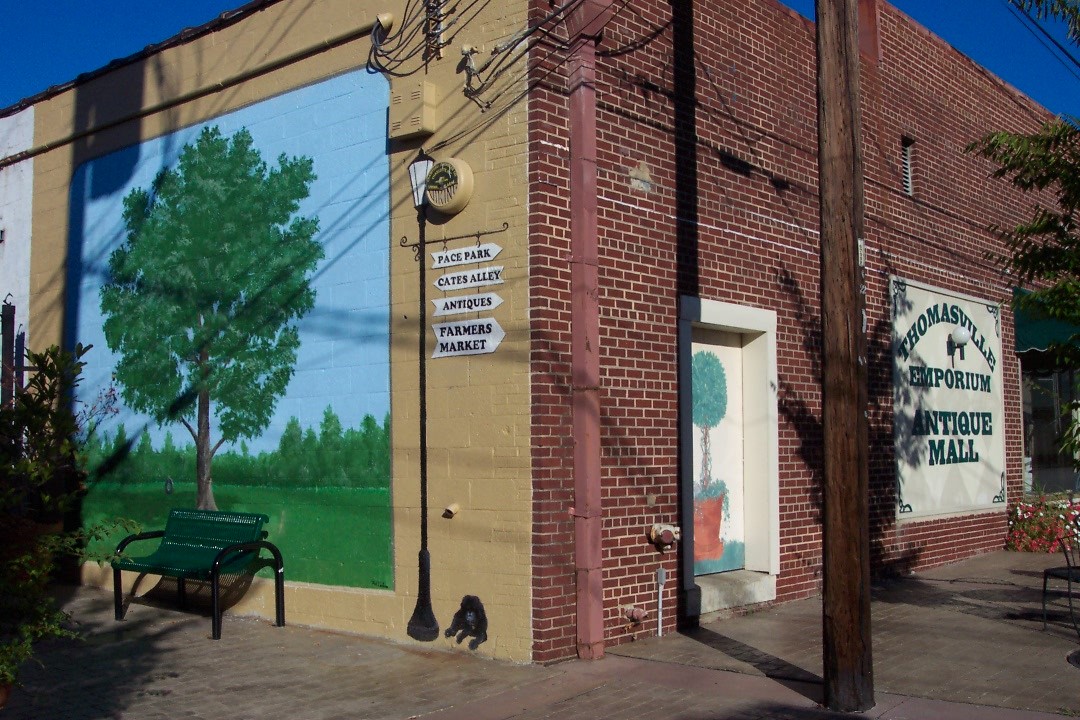
Want to adventure around Thomasville, but not sure where to start?
Thomasville has four specific self-guided tours curated for visitors to explore their Historical downtown. Each walk begins at the Visitors Center (Historic Train Depot beside the Red Caboose) and they are all less than one mile long (round-trip).
Tours include: The Mural Walk, The Church Walk, The Historic Houses Walk, and The Commerce Walk.
The walking trails can be found in the Visitors Guide. Visitors can pick up a Guide at the Visitors Center ,or download one at visitthomasvillenc.com and/or download the free app, “PocketSights”, to serve as a guide.
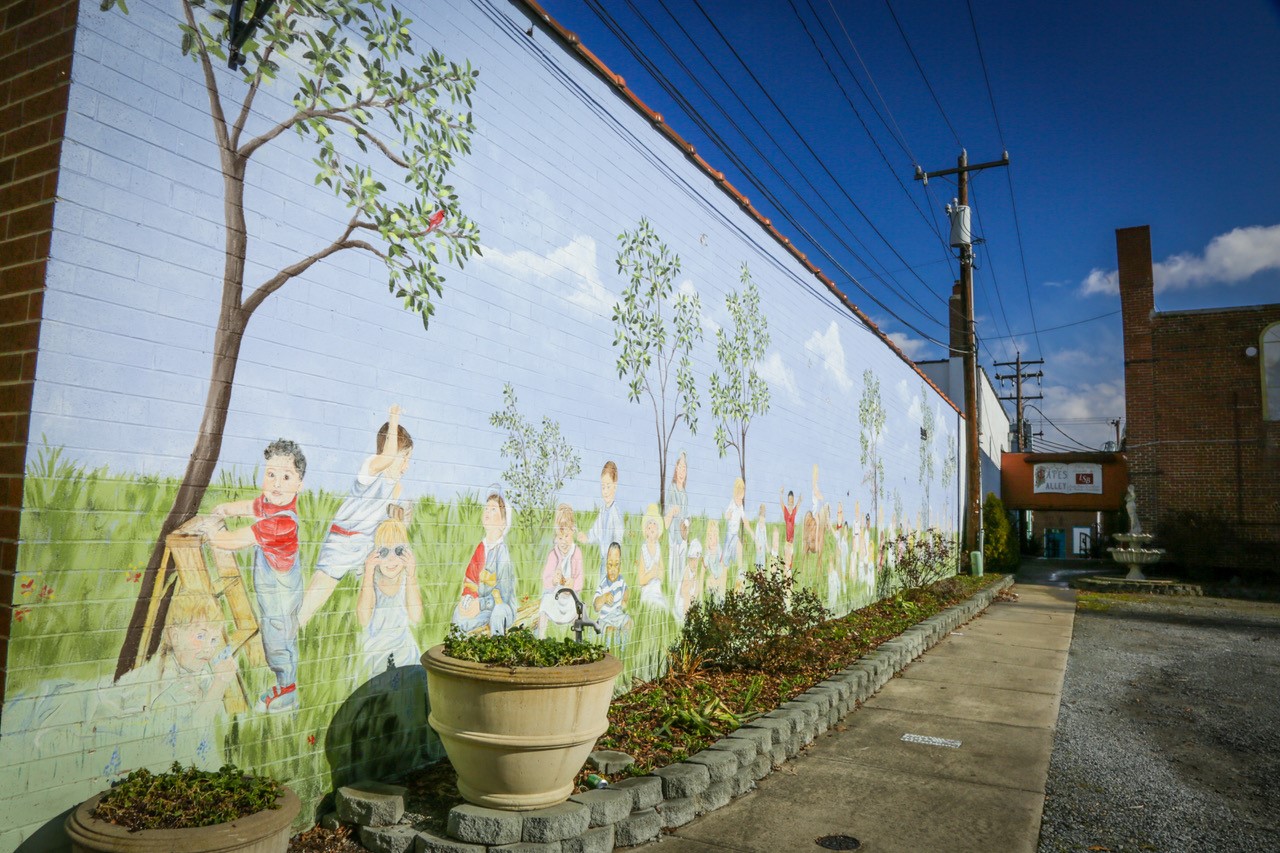
“Murals have a way of bringing people together and telling a story that might otherwise go unheard.” -Shepard Fairey
Take a walk around Thomasville and see the stories and narrative that have been made into public art throughout the historic downtown.
Thomasville has long been an industrial city steeped in textiles, furniture, agriculture, and tobacco. Before the 1960s, the historic district was a bustling, beautiful area with beautiful architectural façades and economic life. With the fall of these industries, the city’s center also suffered. Beautifying the city for not only residents, but as a tool for tourism and cultural heritage, PACE, the Beautification Committee, and other city agencies have worked to rebuild and re-energize historic downtown Thomasville with limited financial resources, and with persistent volunteerism.










